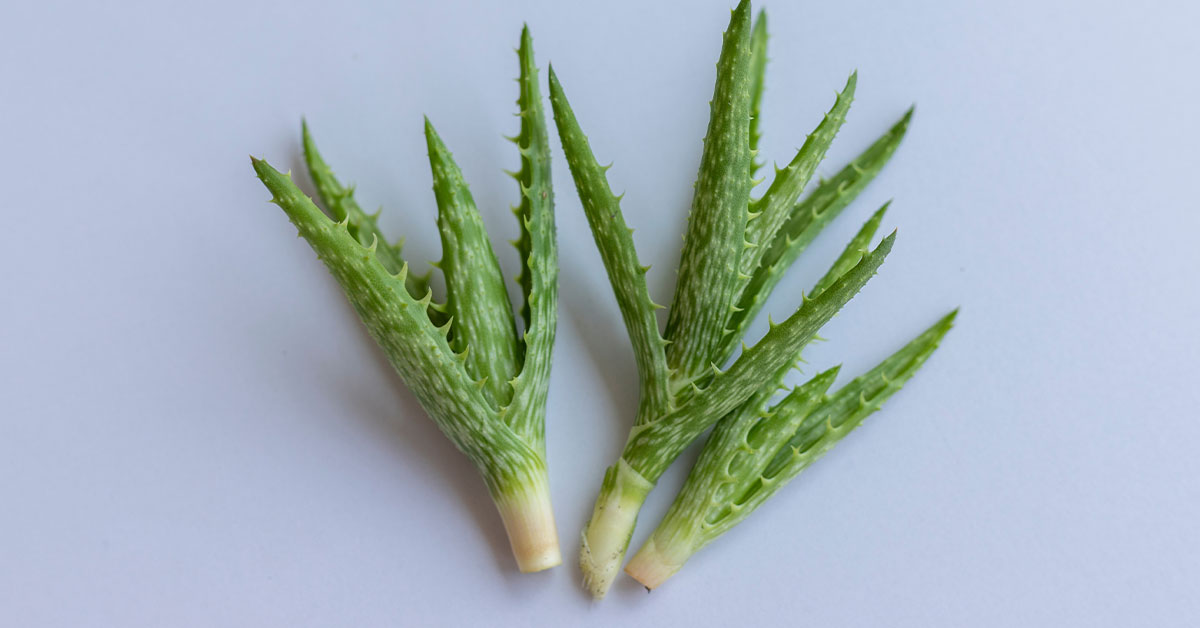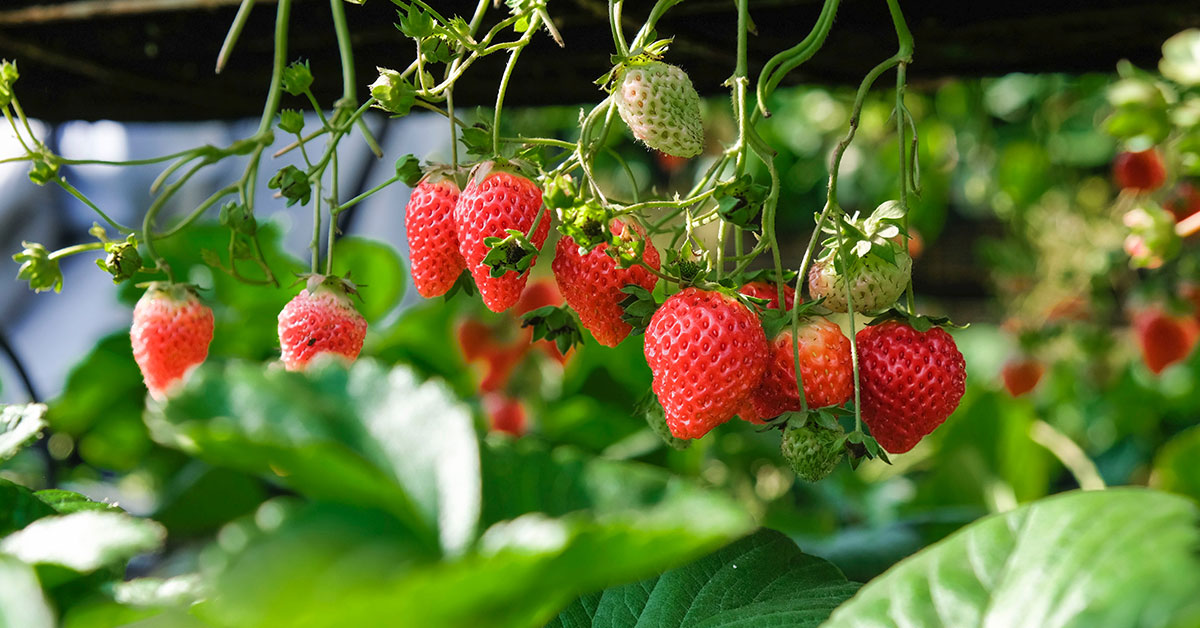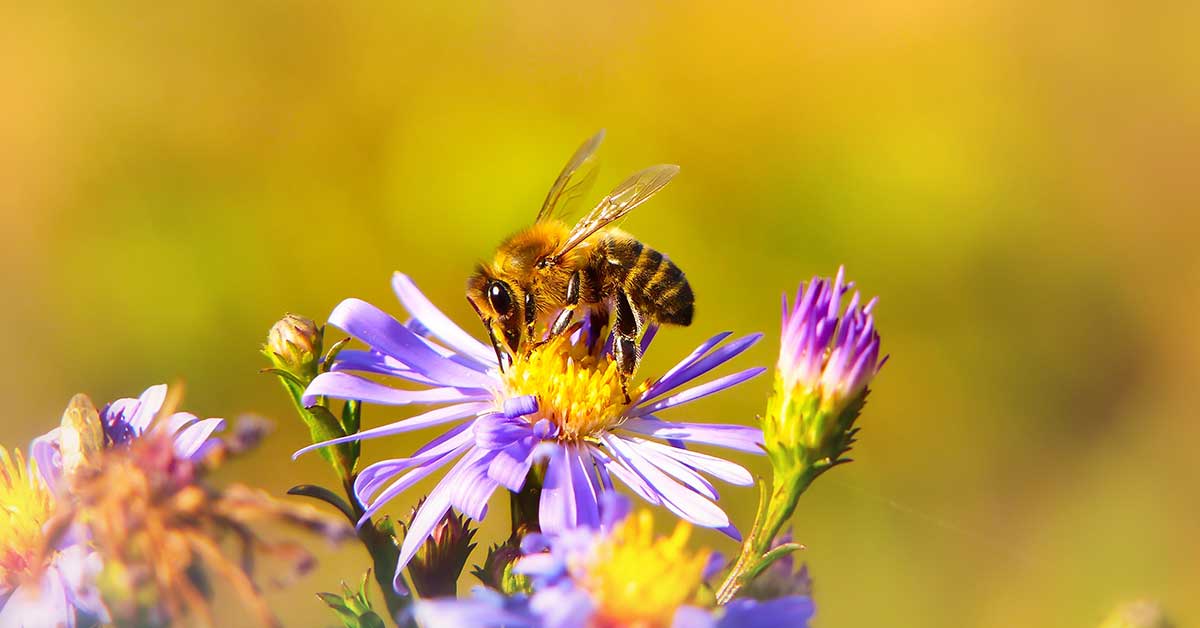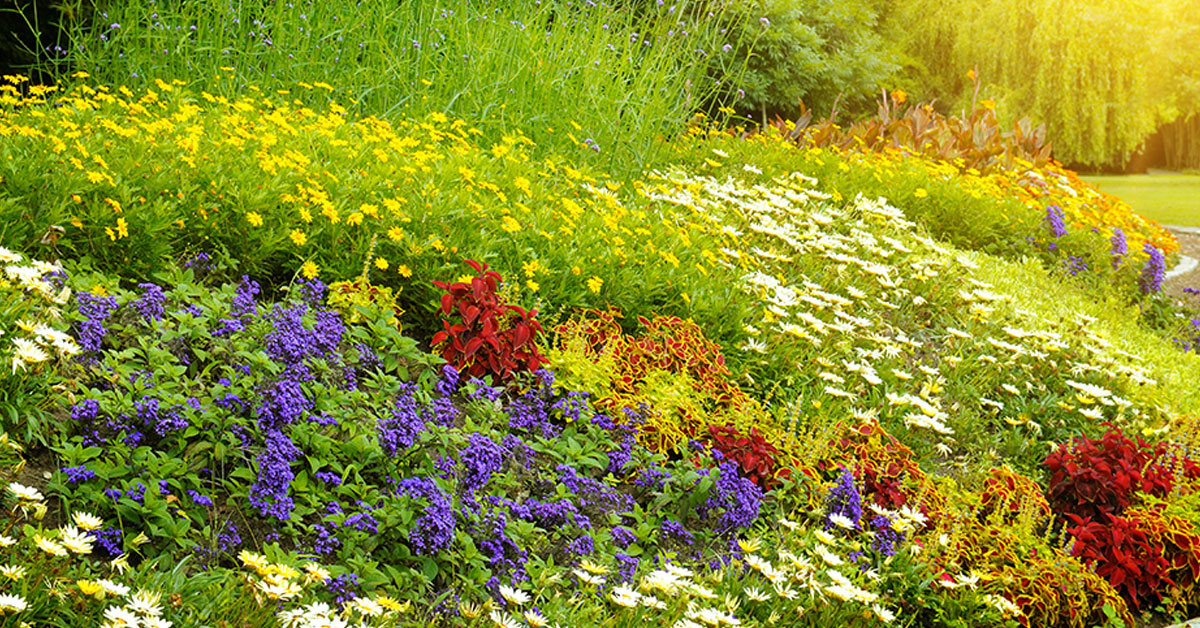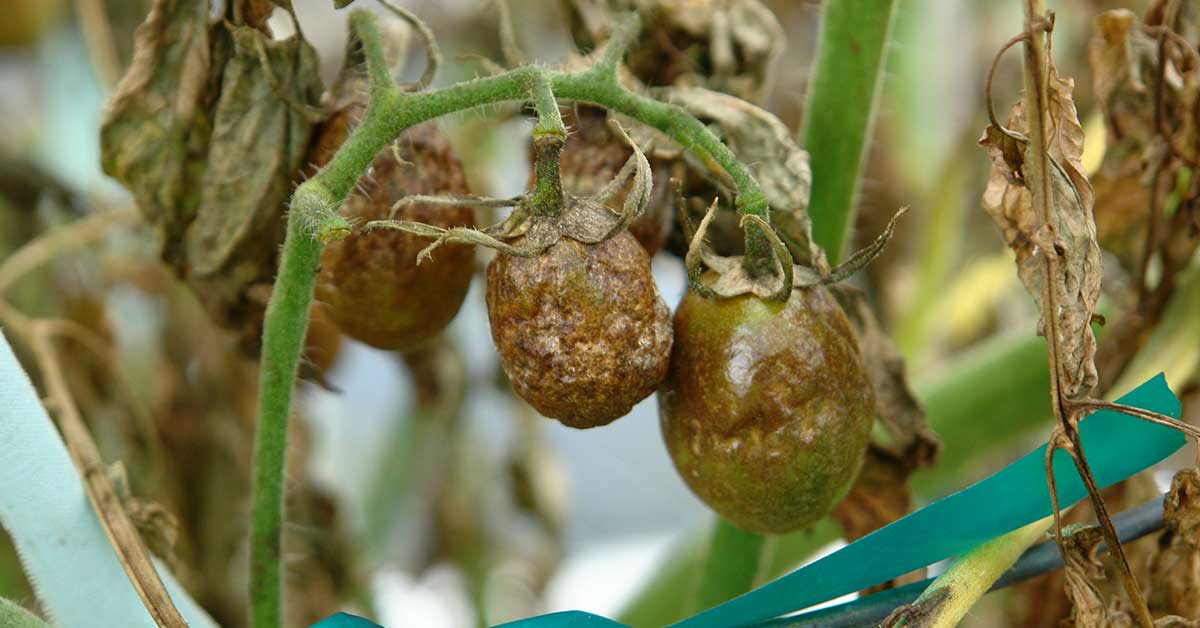In our fast-paced world, finding ways to reduce anxiety and promote calm is more important than ever. As a gardener who loves the tranquility that plants bring, I’m excited to share some of the best indoor plants that can help create a soothing atmosphere in your home. These plants not only beautify your space but also have properties that may help alleviate anxiety and stress.
In this article, we’ll explore ten plants known for their calming effects. Each plant offers unique benefits, from improving air quality to releasing soothing scents. Let’s dive in and discover how you can transform your indoor garden into a haven of peace and relaxation!
Lavender
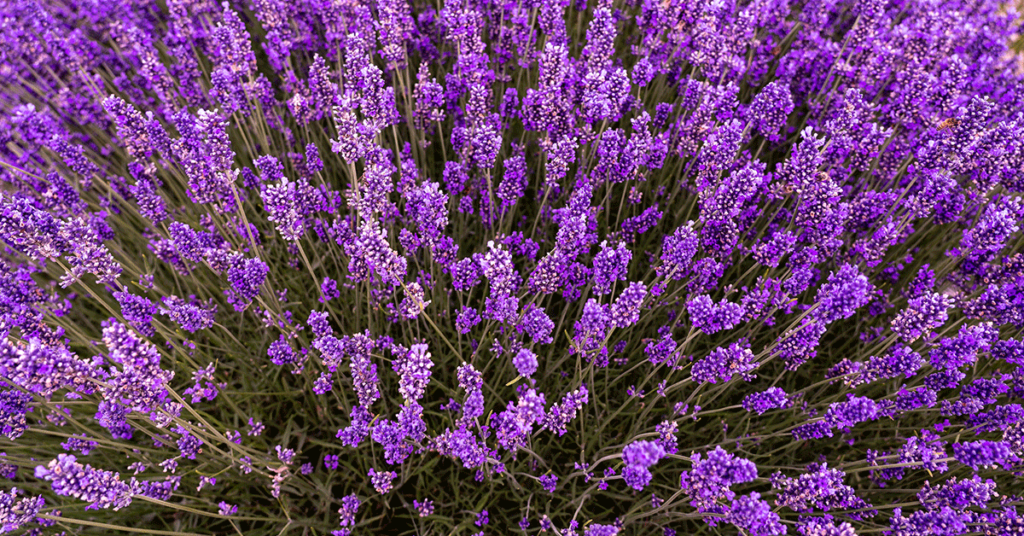
Lavender (Lavandula) is renowned for its calming and soothing fragrance, making it a popular choice for reducing anxiety. The scent of lavender has been shown to decrease heart rate and blood pressure, promoting a sense of relaxation. Studies, including one published in the Journal of Alternative and Complementary Medicine, have demonstrated lavender’s efficacy in reducing anxiety levels.
Growing lavender indoors requires bright light, so place it near a sunny window. Ensure it has well-drained soil and avoid overwatering, as lavender prefers dry conditions. Lavender’s beautiful purple blooms and soothing aroma make it one of my favorite plants for creating a calming indoor environment!
Snake Plant
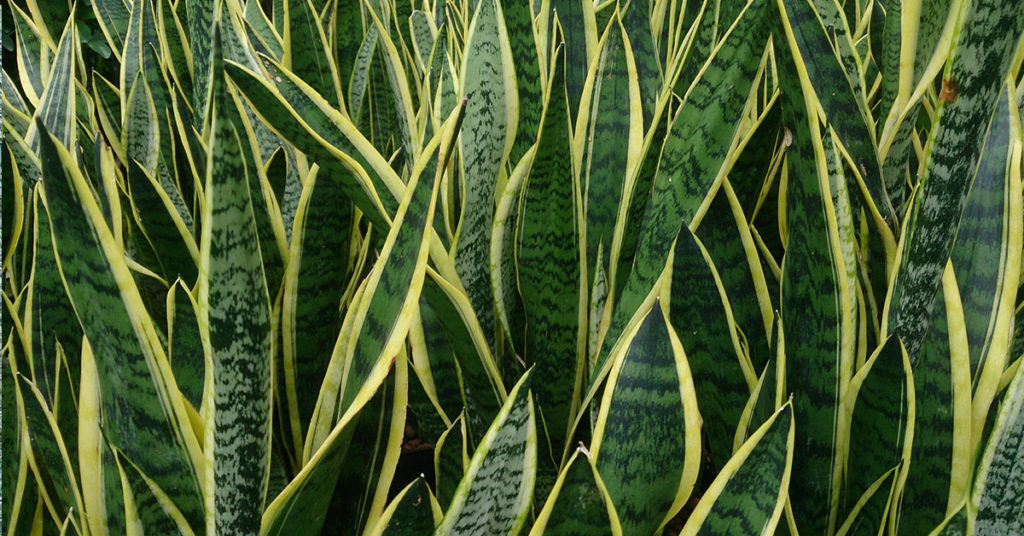
The snake plant (Sansevieria trifasciata), also known as mother-in-law’s tongue, is an excellent choice for reducing anxiety through improved air quality. This hardy plant is known for its ability to filter toxins such as formaldehyde and benzene from the air, which can contribute to a healthier, more relaxing living space. Clean air is crucial for mental well-being, and studies by NASA have highlighted the snake plant’s air-purifying capabilities.
Snake plants thrive in low light and require minimal watering, making them perfect for busy or novice gardeners. Their striking, upright leaves add a touch of modern elegance to any room while contributing to a calmer atmosphere. I love the low-maintenance beauty and health benefits that snake plants bring to my indoor garden!
Jasmine

Jasmine (Jasminum) is another fragrant plant known for its anxiety-reducing properties. The sweet scent of jasmine flowers can improve mood and promote restful sleep, making it a great choice for bedrooms. Research published in the Journal of Biological Chemistry has shown that the aroma of jasmine can be as calming as some sedatives.
To grow jasmine indoors, place it in a bright spot with plenty of indirect sunlight. Keep the soil consistently moist but not waterlogged. Jasmine’s delicate white or pink flowers and enchanting fragrance make it a delightful addition to any indoor garden, perfect for creating a serene and relaxing environment.
Aloe Vera
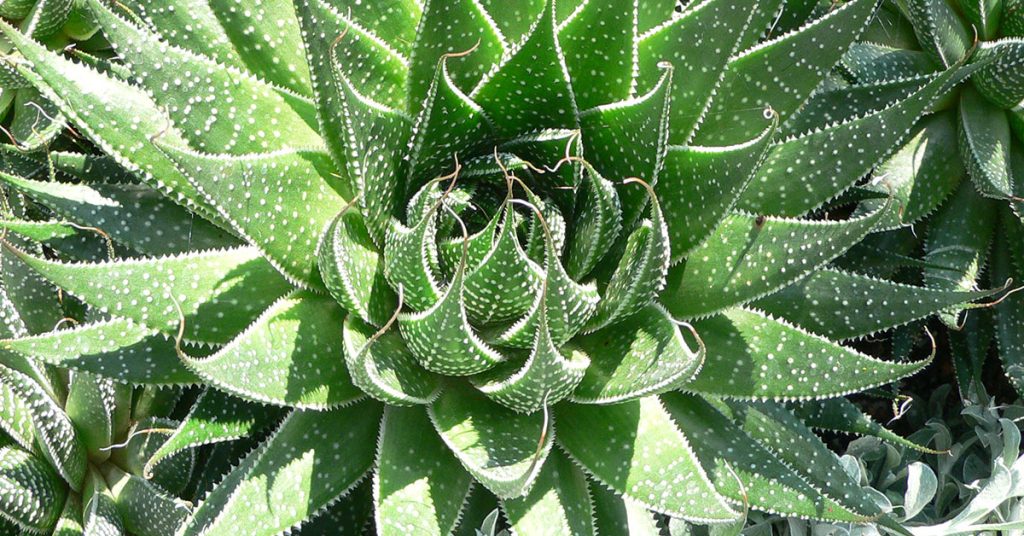
Aloe vera (Aloe barbadensis miller) is well-known for its healing properties, but it also helps reduce anxiety by improving indoor air quality. This succulent releases oxygen at night, which can enhance sleep quality and reduce stress. Additionally, aloe vera is effective in removing pollutants such as formaldehyde from the air, contributing to a healthier indoor environment.
Aloe vera is easy to care for, requiring bright, indirect light and infrequent watering. Let the soil dry out completely between waterings to prevent root rot. Its thick, fleshy leaves not only look attractive but also offer soothing gel for burns and skin irritations. I love having aloe vera in my home for both its practical uses and its calming benefits!
English Ivy

English ivy (Hedera helix) is a beautiful trailing plant that can significantly improve indoor air quality. Studies by NASA have shown that English ivy can reduce airborne mold, which can be a source of stress and anxiety. Clean air contributes to better mental health, making English ivy a great addition to your indoor garden.
This plant thrives in bright, indirect light and prefers to be kept on the dry side. It’s perfect for hanging baskets or shelves where its elegant vines can cascade beautifully. I find English ivy adds a touch of classic charm to my indoor space while promoting a cleaner, healthier environment!
Chamomile
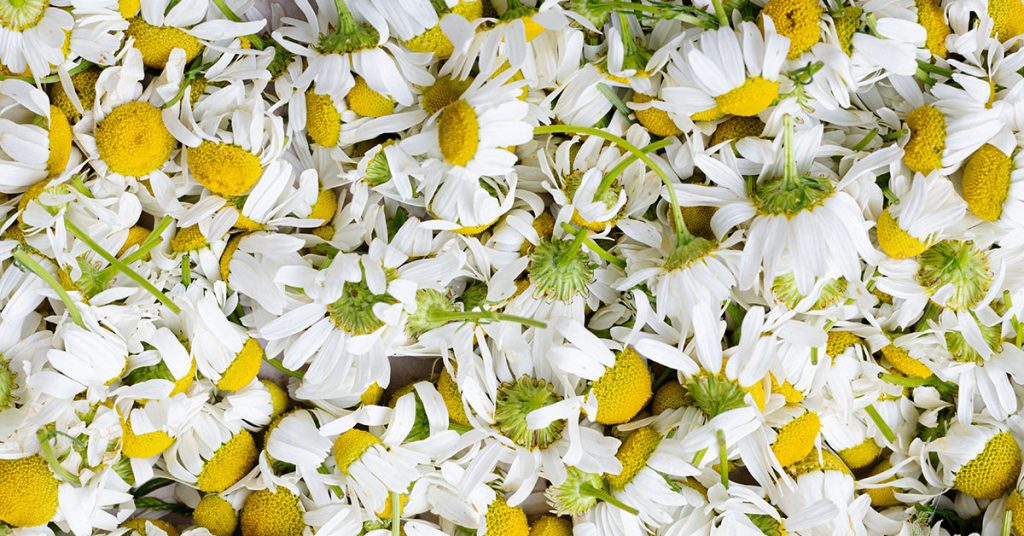
Chamomile (Matricaria chamomilla) is famous for its calming effects, often enjoyed as a tea. The plant itself also releases a gentle, soothing fragrance that can help reduce anxiety. Chamomile has been used for centuries as a natural remedy for stress and insomnia, and its calming properties are supported by numerous studies, including research published in Phytomedicine.
Growing chamomile indoors requires bright light and well-drained soil. Regular watering is essential, but be careful not to overwater. Chamomile’s small, daisy-like flowers are charming and can be harvested to make your own relaxing chamomile tea. I love the dual benefits of beauty and calm that chamomile brings to my garden!
Peace Lily
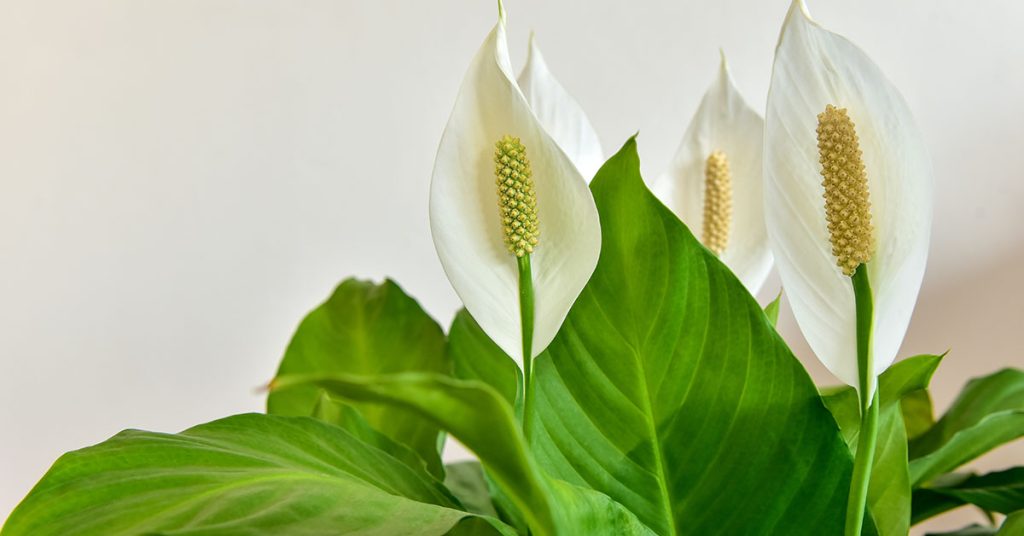
The peace lily (Spathiphyllum) is a popular indoor plant known for its striking white flowers and air-purifying abilities. It can remove toxins like benzene and formaldehyde from the air, creating a healthier environment that can help reduce anxiety. Clean air contributes to a calmer and more focused mind.
Peace lilies thrive in low to moderate light and require regular watering to keep the soil moist. They are relatively low-maintenance and can adapt to various indoor conditions. The elegant white blooms and lush green leaves make peace lilies a favorite of mine for adding tranquility and beauty to my home!
Valerian
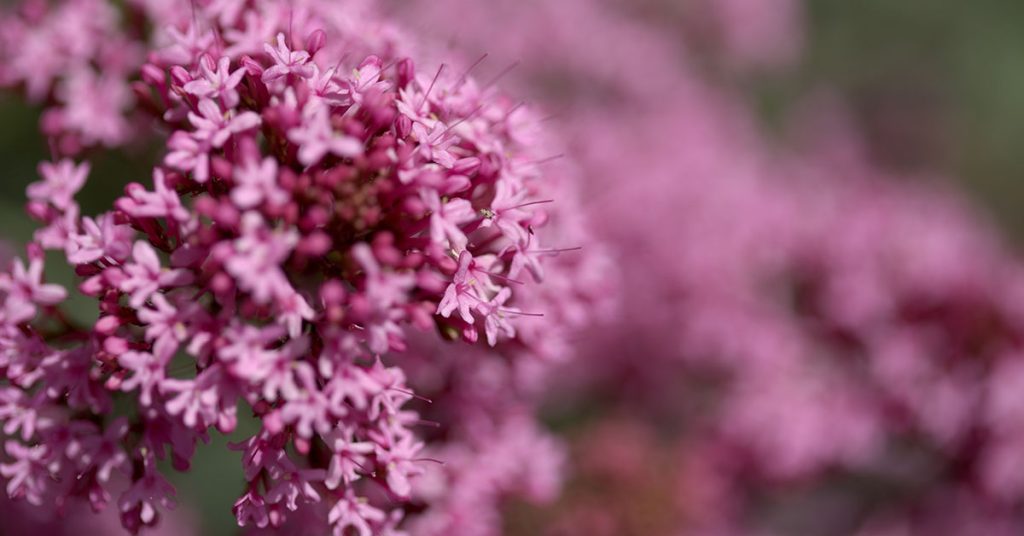
Valerian (Valeriana officinalis) is well-known for its use as a natural remedy for anxiety and insomnia. The plant’s root has been used in herbal medicine for centuries to promote relaxation and improve sleep. Studies, such as those published in the Journal of Ethnopharmacology, have supported valerian’s effectiveness in reducing anxiety.
To grow valerian indoors, place it in a bright spot with plenty of indirect sunlight. Keep the soil consistently moist but ensure good drainage. Valerian’s delicate pink or white flowers add a soft, calming touch to your indoor garden, and having this plant nearby can help create a more peaceful environment.
Rosemary
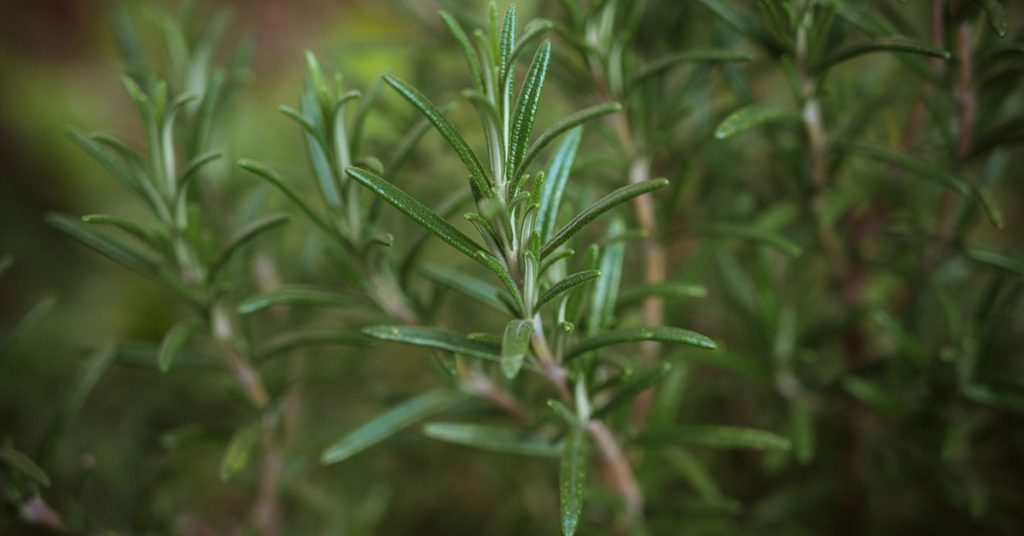
Rosemary (Rosmarinus officinalis) is a fragrant herb that can help reduce anxiety and improve mood. The scent of rosemary has been shown to lower cortisol levels, which can alleviate stress. Research published in Psychiatry Research indicates that rosemary’s aroma can enhance cognitive performance and mood.
To grow rosemary indoors, place it in bright light with well-drained soil. It prefers to dry out between waterings, making it a low-maintenance addition to your indoor garden. Rosemary’s needle-like leaves and woody stems add texture to your plant collection, and its calming scent is a wonderful bonus!
Spider Plant
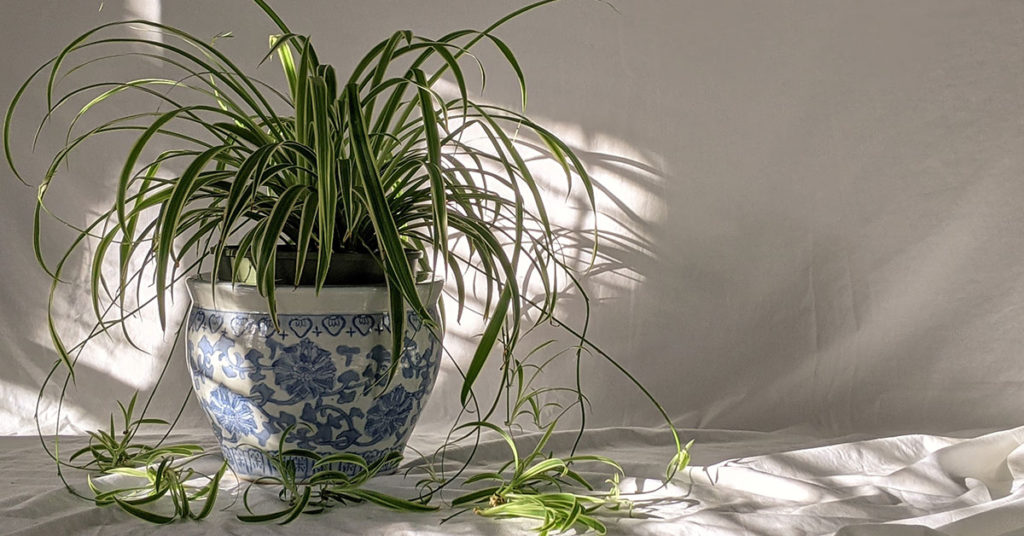
The spider plant (Chlorophytum comosum) is another excellent choice for improving indoor air quality, which can help reduce anxiety. It is known for its ability to remove toxins like formaldehyde and xylene from the air. Cleaner air can lead to a more relaxed and healthier living environment.
Spider plants thrive in bright, indirect light but can also tolerate lower light conditions. They are easy to care for, requiring regular watering but allowing the soil to dry out between waterings. Spider plants produce charming baby offshoots, adding a playful touch to your indoor garden. I love how spider plants bring both beauty and air-purifying benefits to my home!
